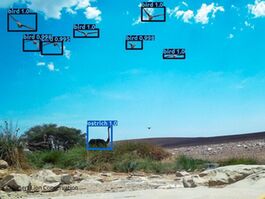Lower Hoanib lion activities
Monday 17 June 2024
Lower Hoanib lion activities
During the past 7 months the Hoanib River was pounded by numerous, unexpected and dramatic flash floods that influenced the movements of most animals and a concentration of activities around the Floodplain. The young male lion Opl-24 has remained in the Hoanib area and was observed mating with Xpl-114 “Charly”.
Elephants moving west to access water & food on the Floodplain
Elephants returning from the west
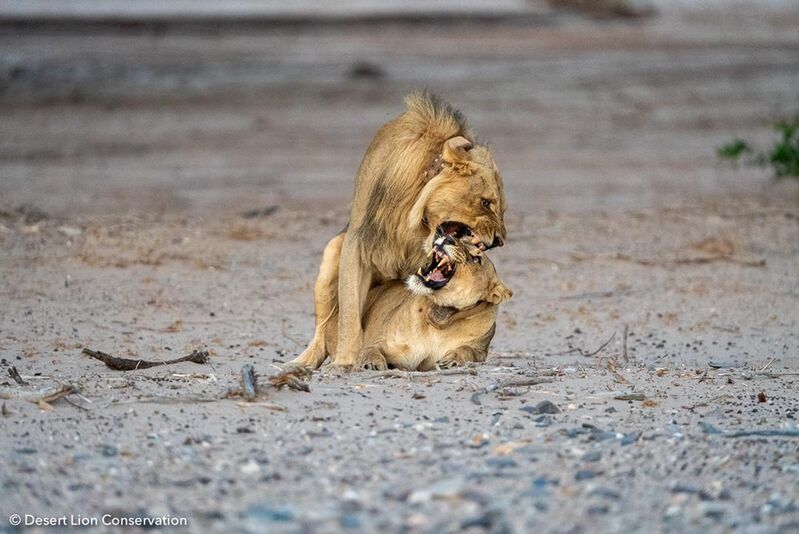
Young male mating with lioness

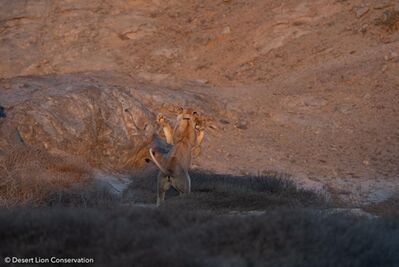
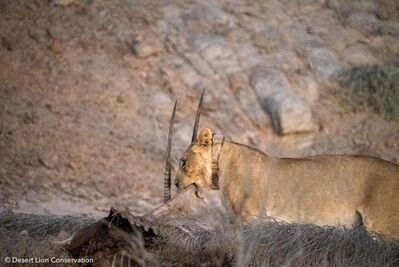

Lionesses at various locations around the Hoanib Floodplain
Lion Coastal Activities
Several hundred hours were invested in observing the behaviour of the lionesses whenever they visited the coastal areas and marine habitat. Many days were also spent reconstructing movement, hunting and feeding patterns, particularly on marine food items and cormorants. Biological samples were collected from all food items. Illegal fishing along the coast remains a problem. On two occasions fishermen were escorted away from the area shortly before the lions arrived at sunset.

Illegal fishermen asked to vacate the area shortly before the lions arrived
Lionesses set off hunting
Lionesses return from a visit to the beach
Research Collaborations
University of Munich
During early March 2024 the Desert Lion Conservation project was visited by Prof Ralph Kuhn from the Technical University of Munich, Germany, and the geneticist William Versfeld based at Ongava Research Centre. We discussed and agreed on publishing and future research collaborations in conjunction with the Ministry of Environment, Forestry & Tourism.
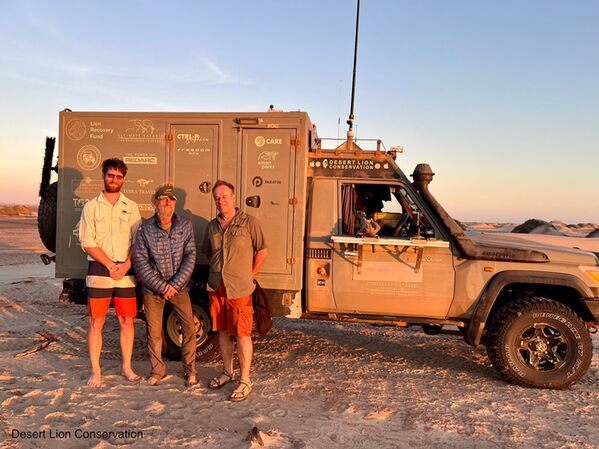
Extreme Predator project
An adult male and an adult female cheetah were captured and fitted with satellite radio collars by Ruben Portas as part of a collaboration with a larger project on predator in extreme environments. -
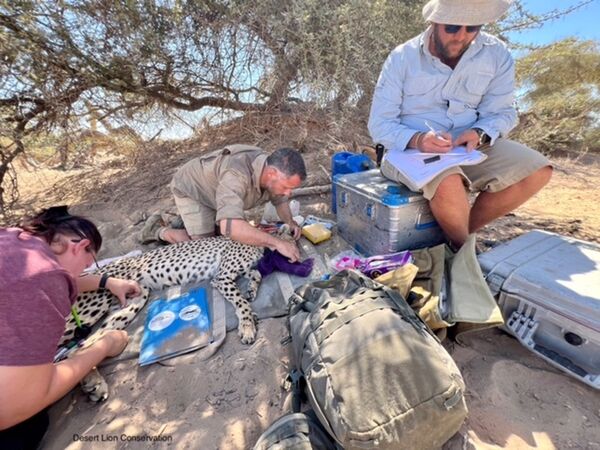
Ruben Portas and Jason Nott taking notes
Smart Parks
Tim van Dam and Luuk Eikelboom from Smart Parks spent several days with Desert Lion Conservation testing various remote censing, satellite communications and LoRa systems. These advances in technology have been of utmost benefit to the DLC project – it has enabled research and data collection on aspects of lion behaviour & ecology not previously possible.
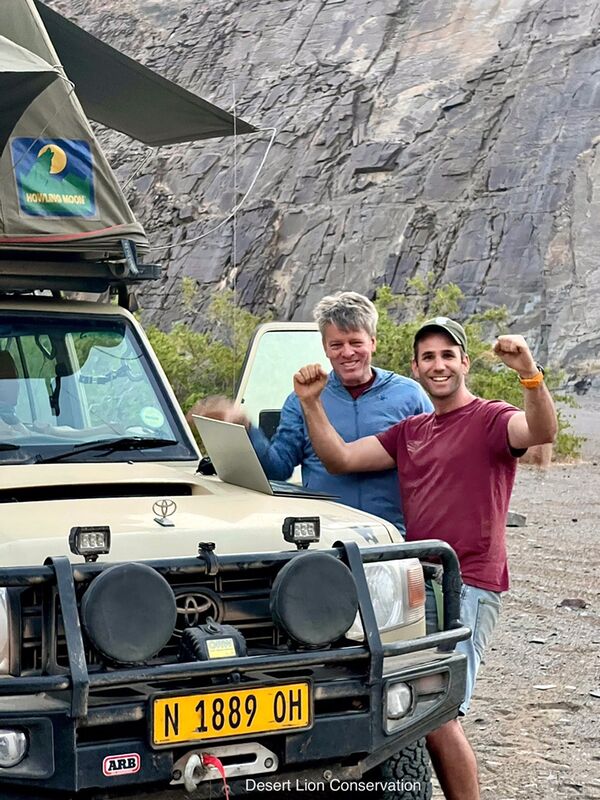
Road Mortalities
An increase of night-time traffic along the C34 coastal road is resulting more regular mortalities.
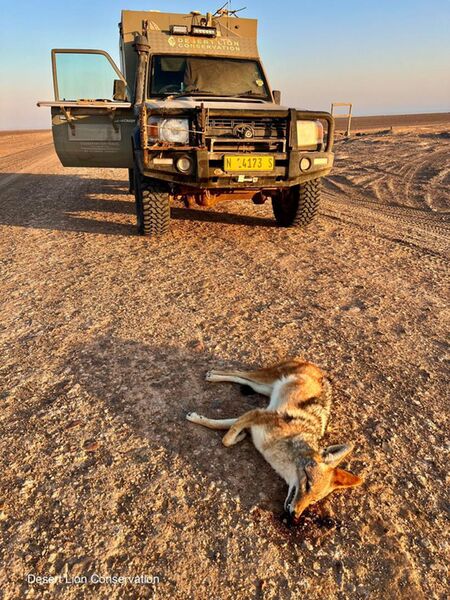 ♦
♦
Black-backed jackal killed on the road south of the Khorixas turn off.
In Memory of Eben Human
Desert Lion Conservation wish to extend our condolences to Eben’s family and all those who had the fortune of meeting and working with one of Southern Africa’s best sport and investigative environmental journalists. During the next few months Desert Lion Conservation will be planning the launch of an annual award in honour of Eben Human. We also plan to compile a summary of our experiences with Eben.
one of the last interactions with Eben Human - Eric Stander visiting Möwe Bay during Eben’s unexpected passing
Vehicle breakdowns
An increase in night-work along the coast during the past year has resulted in excessive corrosion. This appears to be aggravated by slow driving in thick fog during the early morning hours. Frikkie Gideon and his colleagues from Boosted Workshop & Engineering are thanked for coming to the rescue more than once.
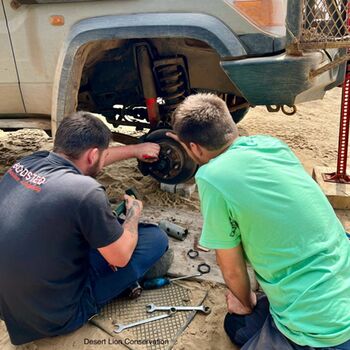
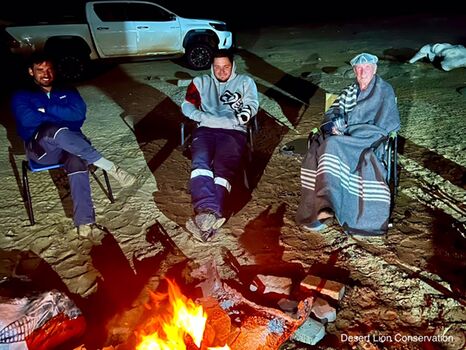
Boosted Workshop & Engineering repairing the Land Cruiser “Joey” at Möwe Bay
Camera-trap photo analysis model
Desert Lion Conservation, Smart-Parks, and Peter van Lunteren were working together to build an Namibian AI model for camera trap analysis. The extensive history of images in the Desert Lion database helped to create this model specifically for North West Namibia. This model has been integrated into the open-source AI program EcoAssist
EcoAssist is an application designed to streamline the work of ecologists dealing with camera trap images. It’s an AI platform that allows you to analyse images on your local computer and use machine learning models for automatic detection and identification, offering ecologists a way to save time and focus on conservation efforts.
The development and release of the EcoAssist AI model has made a significant difference in the analysis of camera-trap images. The model that can run off-line has the ability to process up to 5 photos per second. Its ability to isolate and identify multiple species, even under poor lighting conditions, is remarkable.
Several camera-traps placed in the most western and arid part of the desert, and along the coast, to monitor rare carnivore movements. Recently they recorded two caracals, a honey badger and a pair of Black-backed jackals that raised a litter of 7 pups with the sea in the background
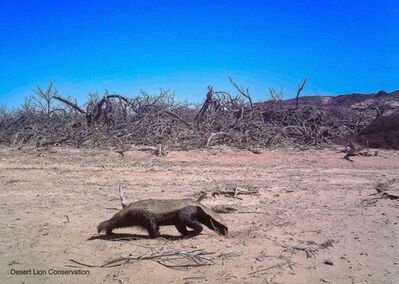

Honey badger on the Hoanib Floodplain * * * Caracal on the eastern edge of the dune-belt
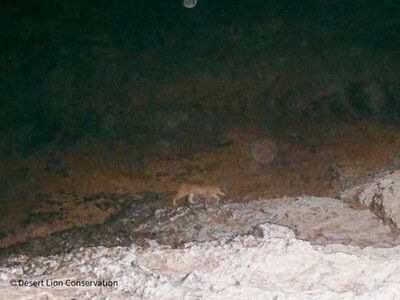
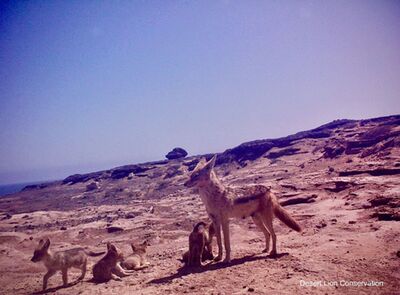
Caracal in the Huab River. * * * Black-backed jackals raised a litter of 7 pups close to camera




